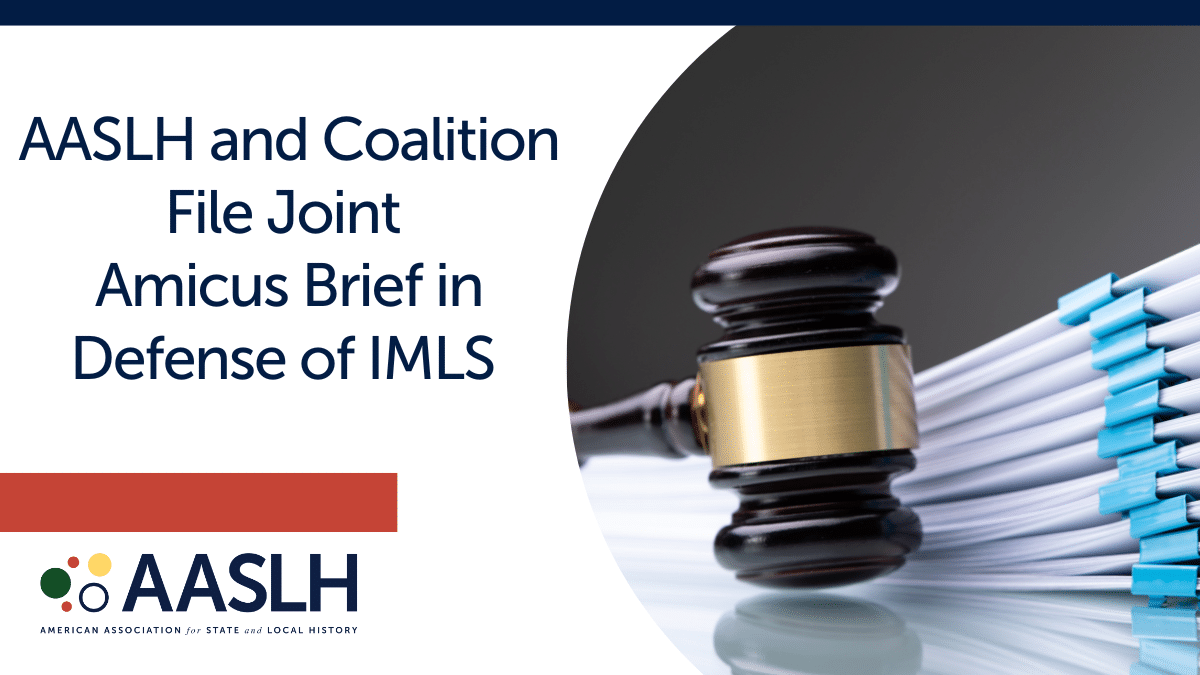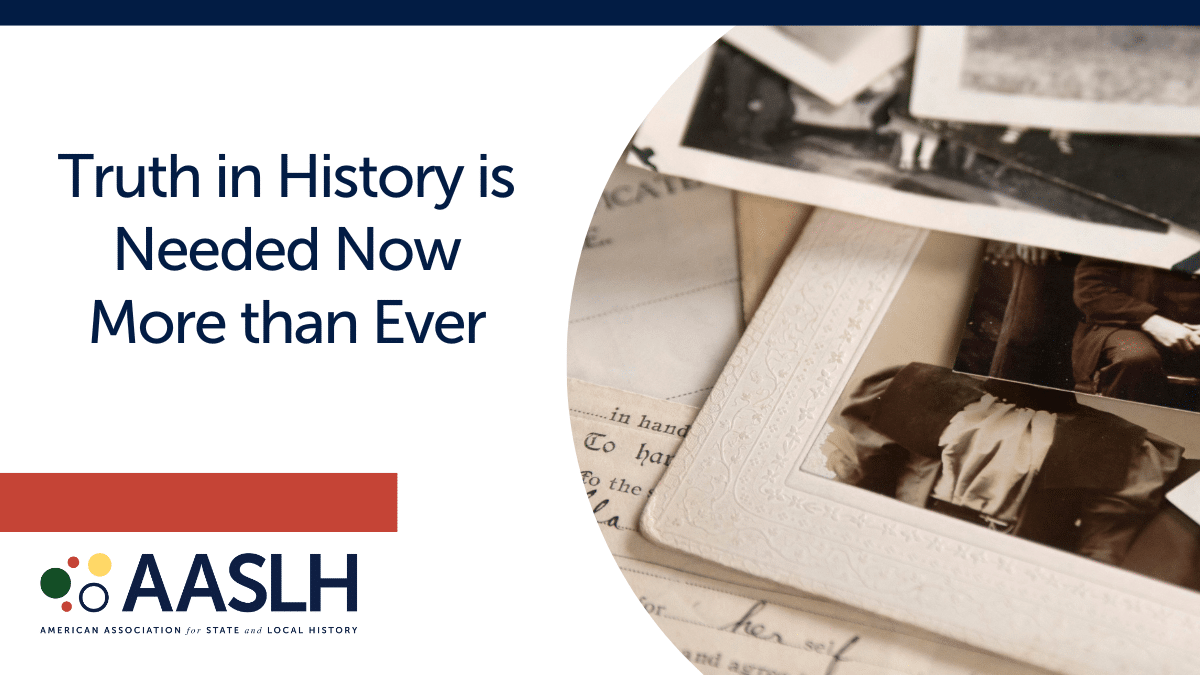
By Avi Decter and Ken Yellis
The way earthly thin's are goin'
Anything can happen.
– "So Much Trouble in The World"
Bob Marley and the Wailers, 1986
Much of the trouble in the world right now has to do with uncertainty about and a lack of preparedness for whatever happens. It's too early to say whether the pandemic crisis marks a radical change in the world or will accelerate changes already underway. Whichever turns out to be the case, the ecosystem our organizations will swim in when the plague is over will be different in both degree and kind. Whatever we hope for, it's not too soon to start thinking now about the nature of those changes and their implications for our operations and practice. That thinking could address three levels of concern:
- What is necessary?
- What is possible?
- What can be dreamed of?
Most urgent would be Financial Capacity. At present, museums and cultural organizations generally are preoccupied with the immediate financial impacts of the pandemic. In the mid-term, national, state, and local governments will focus on the hardships of unemployment and lost business; in the long-term, governments will be saddled with tremendous debt and growing debt service. This means a major source of support for the cultural sector will enter a steep and prolonged decline. Few institutions will be immune to this. Meanwhile, private philanthropy will need to respond to the humanitarian and health care crises, leading to reduced funding for the cultural sector from individuals and foundations.
Urgent, too, is Re-Tooling for Renewal. Disruptive change brings what Ronald Heifetz terms "adaptive challenges"– changes for which there are no established solutions, no clear ways forward, no consultant to offer tried-and-tested remedies. This leaves cultural organizations in need of new kinds of leadership: visionary, experimental, risk-taking. It also means abandoning long-term strategic planning for a continuous process of strategic thinking. It means re-thinking the balance between managing our collections and engaging our communities. It means not just reconstituting our staffs, but re-structuring them. It means expanding our capacity for imagination and innovation and repressing our instinct to return to normal. All of us in the world of arts and culture are going to have to move out of our comfort zones—we need to adapt to novelty.
In the realm of possibility, two major themes occur to us, both of which many organizations have already introduced and tested. One is Politics and Civic Engagement. The relevance of civic life in its broadest and its narrowest dimensions is being brought home by economic dislocation, mass unemployment, loss of healthcare coverage, and inadequate means for retirement. Americans, however situated, will be more aware of and more concerned about the politics of everyday life. This suggests that all kinds of museums, sites, and historical organizations, if they hope to remain relevant, will need to focus greater attention to politics and civic life, to agency and activism, and to the responses of earlier generations to large-scale, disruptive crises.
A second possibility is an increase in Global Awareness among our constituents. The pandemic has been a dramatic demonstration that like it or not, we live in a global system. In art museums and encyclopedic ones, this is likely to accelerate the shift from a Eurocentric focus to more of an emphasis on multicultural creativity. For culturally-specific organizations (ethnic, racial, or religious), greater global awareness may increase interest in the roots of specific sub-cultures and the journeys these groups have taken here in America. For science and natural history museums, global awareness will mean foregrounding the issue of climate change. For local historical organizations, the most numerous class of museums in North America, global awareness may call into question the basic content and interpretation of those sites. The re-imagination of their stories will be a critical need.
The dreamscape of the future remains murky, but we think that it is not just individual organizations that need to re-imagine their stories: the cultural community, however defined, must do that as well. We need a series of think tanks to serve as the nexus for such a project. Any new, aspirational vision will need to demonstrate—as libraries already have—that museums are not just socially useful, but indispensable. Perhaps we can take a cue from the New Deal: what might our organizations do to help put people to work who need work and to stitch up the tears, large and small, in the national fabric? That sounds like a dream worth having.
Avi Decter has worked in public history for over forty years, and is the author of Interpreting American Jewish History at Museums and Historic Sites. His many projects include the Boott Cotton Mill at Lowell National Historical Park; the U.S. Holocaust Memorial Museum; Louisville Slugger Museum and Visitor Center; and the National Civil War Museum in Harrisburg, Pennsylvania.
Ken Yellis, principal of Project Development Services, is a historian with four decades in the museum field. Yellis has worked extensively with the Museum Education Roundtable and has been involved in over a hundred history, science, and art exhibitions.
How is your institution coping with COVID-19? Share your ideas and experiments with the field on our blog. Email [email protected] to submit a blog post.



